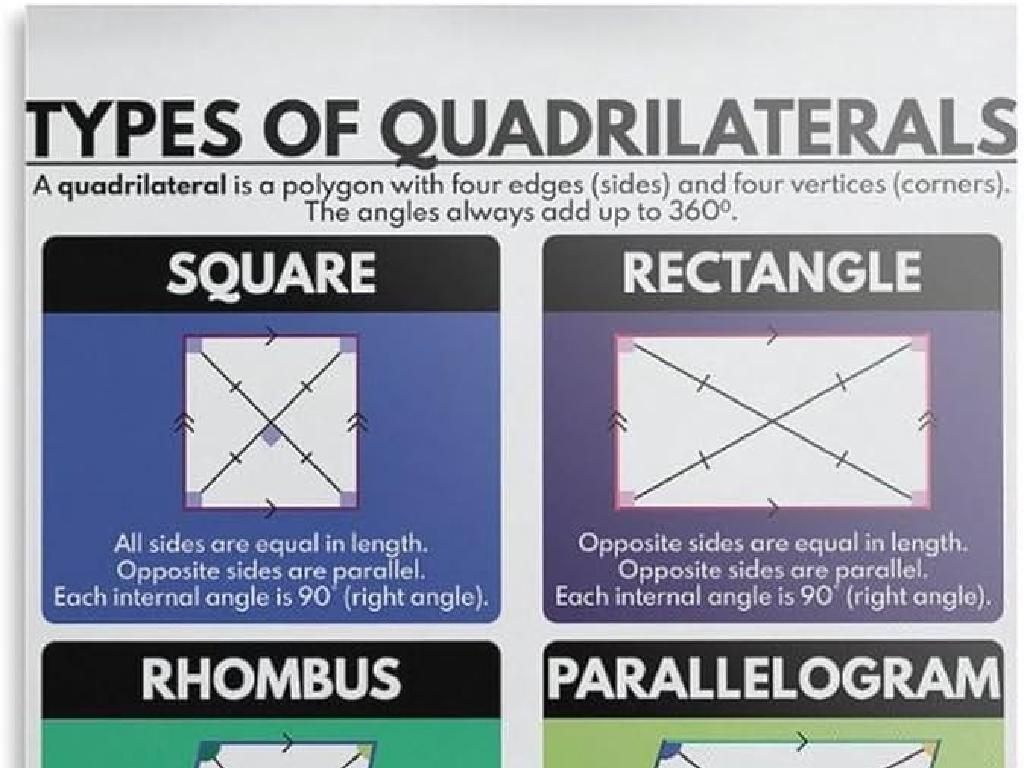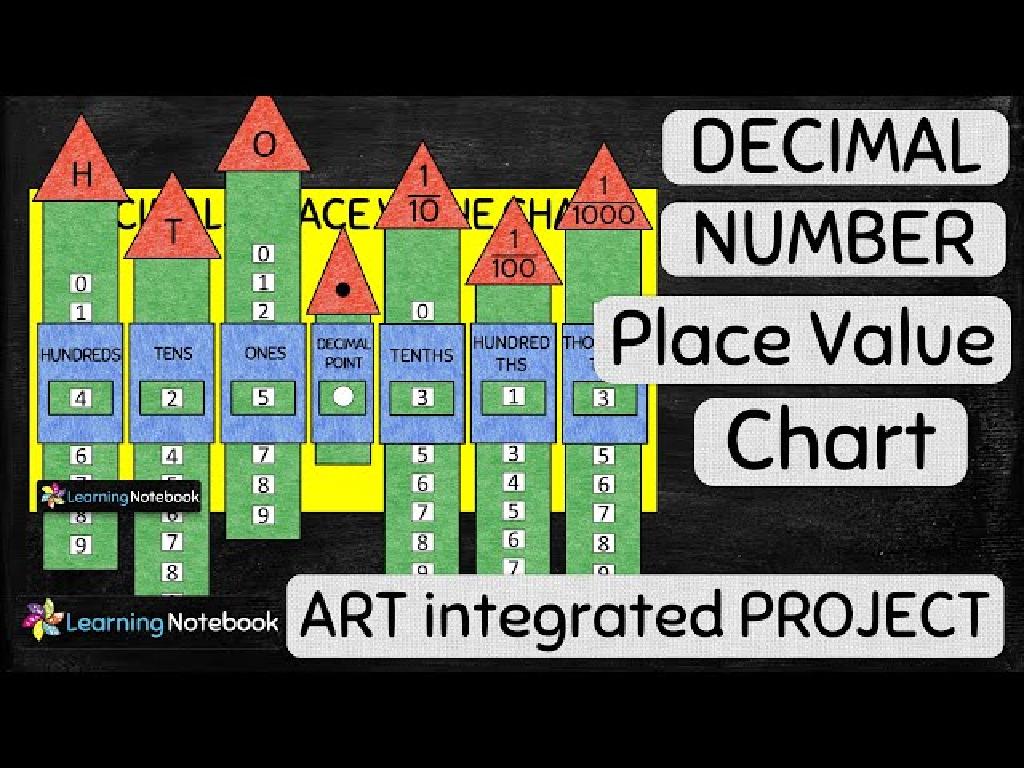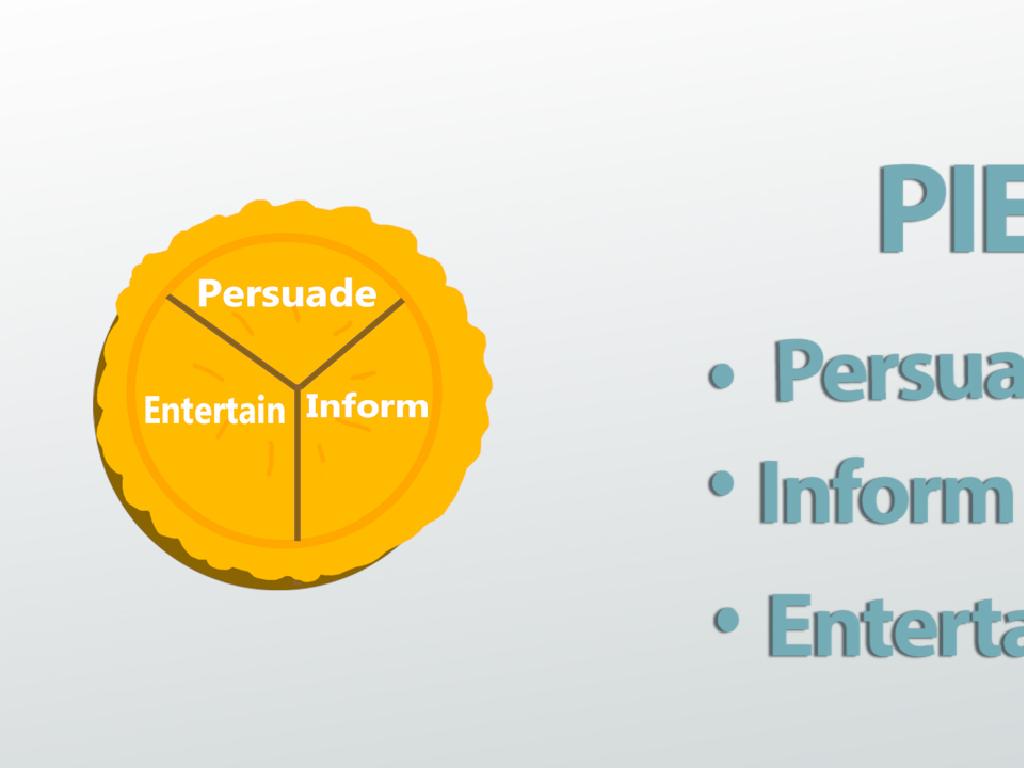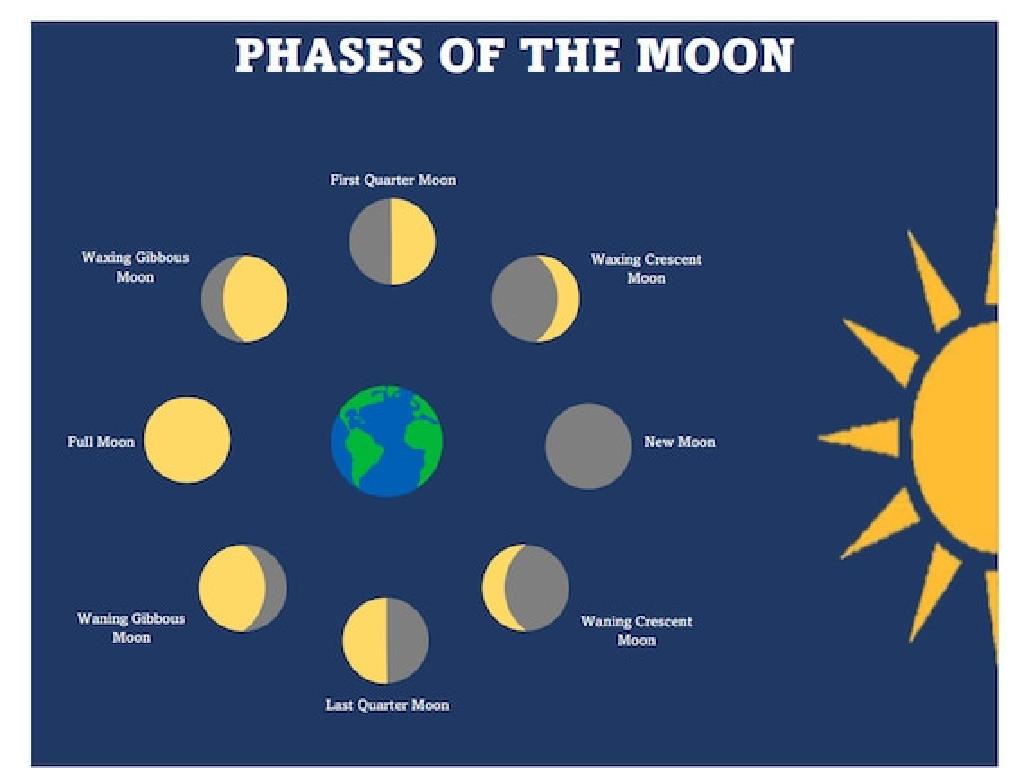Volume Of Triangular Prisms
Subject: Math
Grade: Sixth grade
Topic: Surface Area And Volume
Please LOG IN to download the presentation. Access is available to registered users only.
View More Content
Exploring Volume: Triangular Prisms
– Understanding 3D shapes
– A 3D shape has length, width, and height
– Defining volume
– Volume measures space inside a 3D object
– Volume in everyday life
– E.g., water in a tank, perfume in a bottle
– Calculating prism volume
– Volume = Base Area x Height of the prism
|
This slide introduces the concept of volume within the context of three-dimensional shapes, specifically focusing on triangular prisms. Begin by explaining the properties of 3D shapes, emphasizing that they have three dimensions. Then, define volume as the measure of space inside a 3D object, which can be filled with liquids or solids. Provide relatable examples such as the amount of water a tank can hold or the perfume in a bottle to illustrate volume in daily life. Conclude by showing the formula for calculating the volume of a triangular prism, which is the product of the base area and the height. Encourage students to visualize by considering the base of the prism as a triangle and extending it through its height to create the prism shape.
Recap: Triangles and Prisms
– Defining a triangle
– A shape with three sides and three angles
– Properties of triangles
– Triangles have angles that add up to 180 degrees
– Understanding prisms
– A solid geometric figure with two identical ends and flat faces
– Triangular prism traits
– A prism with triangular bases and 3 rectangular faces
|
This slide is a recap of the fundamental shapes that make up a triangular prism, aimed at solidifying the students’ understanding before moving on to volume calculations. Start by defining a triangle, highlighting its three sides and angles. Discuss the properties of triangles, such as the sum of interior angles being 180 degrees. Then, introduce the concept of a prism, explaining its characteristics, including the two identical ends and flat faces. Finally, describe the specific features of a triangular prism, such as having triangular bases and three rectangular faces. Use diagrams to illustrate these points and provide examples of each shape in real life to help students visualize the concepts.
Calculating Volume of Triangular Prisms
– Volume formula for triangular prisms
– V = (1/2 * b * h) * H, where b is base, h is height of triangle, and H is height of prism
– Dissecting the volume formula
– 1/2 * b * h finds the area of the triangle base, then multiply by prism height H
– Base area and height in prisms
– Base area is the triangle’s area, height is the prism’s length
– Practical application of the formula
|
Introduce the formula for finding the volume of triangular prisms and ensure students understand each component of the formula. Explain that the base area is calculated by finding the area of the triangular base using 1/2 * base * height of the triangle. Emphasize that the height of the prism (H) is the length between the triangular bases. Provide examples of calculating the volume using the formula, and encourage students to visualize the process by thinking of filling the prism with water. This will help them grasp the concept of volume as a measure of how much space an object occupies.
Calculating Volume of Triangular Prisms
– Example with specific numbers
– Consider a prism with base edges of 5 cm and height of 3 cm
– Step 1: Calculate the base area
– Base Area (A) = 1/2 * base * height of triangle
– Step 2: Apply the volume formula
– Volume (V) = Base Area (A) * length of prism
|
This slide provides a structured approach to calculating the volume of a triangular prism. Start with an example that has specific numbers to make the calculation clear. For instance, if the triangular base has edges of 5 cm and a height of 3 cm, calculate the area of this triangle first. The formula for the area of a triangle is 1/2 * base * height. Once the base area is known, apply the volume formula for triangular prisms, which is Volume = Base Area * length of the prism. Ensure students understand each step and encourage them to solve the example alongside you. This will prepare them for solving similar problems on their own.
Calculating Volume: Triangular Prisms
– A real-world example
– Imagine a tent in the shape of a triangular prism
– Identifying the dimensions
– Base length, height of the triangle, and prism length
– Volume calculation steps
– Use the formula: Volume = (base area x height) / 2
– Practice with an example
– Let’s calculate the volume of our tent example
|
This slide is aimed at helping students understand the concept of volume through a real-world example of a triangular prism, such as a tent. Start by identifying the necessary dimensions: the base length and height of the triangular face, and the length of the prism itself. Walk through the volume calculation by applying the formula for the volume of a triangular prism: Volume = (base area x height) / 2. Provide a clear example with actual numbers to ensure students can follow the process and practice on their own. Encourage students to visualize the problem and write down each step as they work through the calculation.
Volume of Triangular Prisms: Practice
– Solve for volume: Problem 1
– Use the formula V = (1/2 * b * h) * H to calculate
– Apply to real life: Problem 2
– How might we use this in everyday situations?
– Tackle the challenge: Problem 3
– Test your skills with a more complex problem
|
This slide is dedicated to practicing problems related to the volume of triangular prisms. For Problem 1, provide a triangular prism with base area and height and ask students to calculate the volume. In Problem 2, present a real-life scenario, such as finding the volume of a tent, to illustrate practical applications. Problem 3 should be a more complex question, perhaps involving missing measurements that require students to apply their knowledge creatively. Encourage students to work through these problems step-by-step and discuss their solutions and approaches in the next class. This will help solidify their understanding of the concept and its applications.
Class Activity: Create Your Prism
– Gather materials: paper, ruler, scissors, tape
– Follow instructions to build a prism
– Use the ruler to draw and cut out a net for a triangular prism
– Measure your prism’s dimensions
– Measure the base, height of the triangle, and prism length
– Calculate the volume of your prism
– Apply volume formula: V = 0.5 * b * h * length
|
This hands-on activity is designed to help students understand the concept of volume through a practical exercise. Provide students with the materials needed and guide them through the process of constructing a paper triangular prism. Once the prism is built, instruct them to measure the necessary dimensions: the base and height of the triangular base, as well as the length of the prism itself. After measurements are taken, students will calculate the volume using the formula for the volume of a triangular prism (V = 0.5 * base * height * length). Encourage students to compare their calculated volumes and discuss any discrepancies. This activity not only reinforces the mathematical concept but also promotes problem-solving and critical thinking skills.
Review: Volume of Triangular Prisms
– Recap volume calculation
Volume = Base Area x Height of the prism
– Ask your questions!
– Why volume matters
Volume helps in understanding space required or capacity
– Interactive Q&A session
Let’s clarify doubts and explore examples together
|
This slide is aimed at reviewing the concept of calculating the volume of triangular prisms. Begin by recapping the formula for volume calculation, emphasizing the multiplication of the base area by the height of the prism. Open the floor for students to ask any questions they have about the topic, fostering an interactive environment. Discuss the practical importance of understanding volume in real-world contexts, such as filling a swimming pool or packing a box. Encourage students to think of their own examples where volume plays a key role. Conclude with an interactive Q&A session to address specific student queries and solidify their understanding of the concept.
Homework: Exploring Volume of Triangular Prisms
– Complete the worksheet on volume
– Tackle problems of different levels
– Start with simple problems, then advance to complex ones
– Discover prisms around you
– Look for items like Toblerone bars, roofs, or tents
– Reflect on real-world applications
|
This homework assignment is designed to reinforce the concept of finding the volume of triangular prisms. The worksheet provided should contain problems that range from basic to challenging to cater to all students. Encourage students to find and bring examples of triangular prisms from their surroundings, which will help them relate the mathematical concept to real life. This activity will also stimulate their spatial awareness and understanding of geometry in their environment. As a teacher, be prepared to discuss the real-world examples students find and how volume plays a role in the design and function of these objects.






